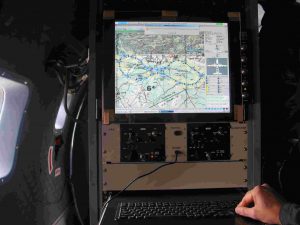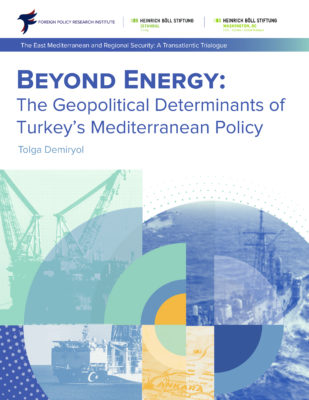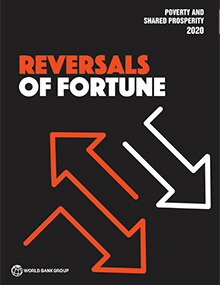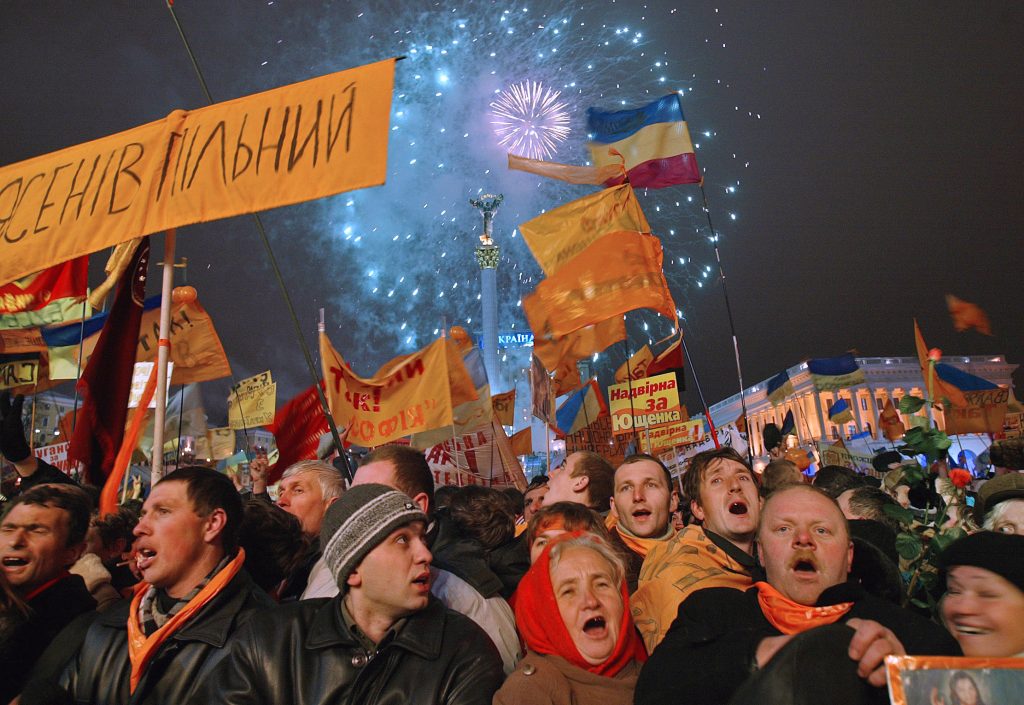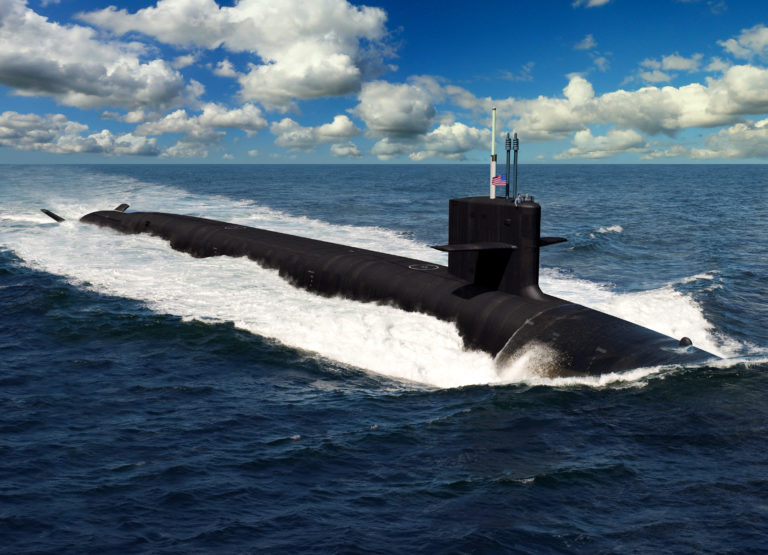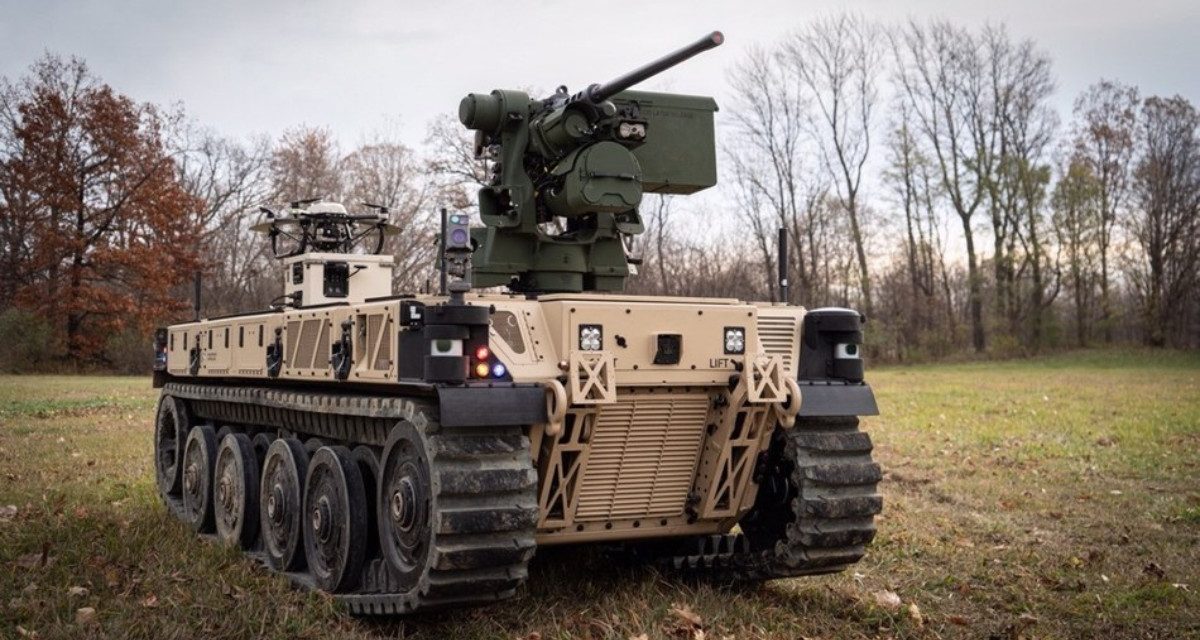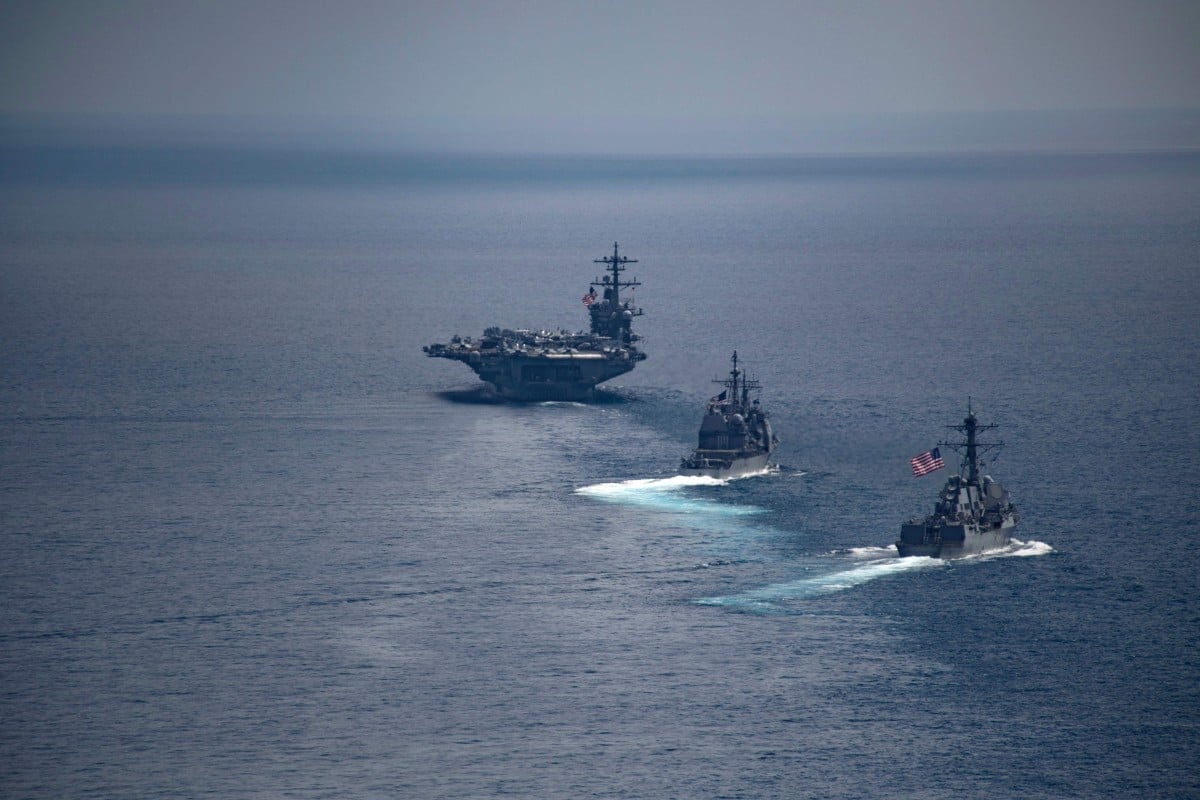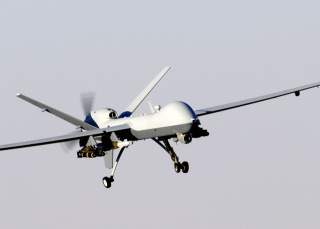By Abhijnan Rej
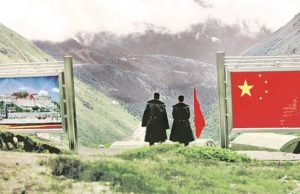
In a sign that China-India tensions across the entire 3488-kilometer Line of Actual Control (LAC) are here to stay despite periodic optimism that a resolution to the Ladakh standoff is imminent, news reports in Indian media in the past few days suggest that China has not only dug its heels in in Ladakh, but has also increased military activity on its side of the LAC in Arunachal Pradesh and elsewhere. Additional reports now also corroborate the claim that China has also continued with construction activity near the Bhutan-China-India trijunction, the site of the 2017 Doklam standoff.
A Hindustan Times report on November 19, based on Indian military sources, noted that the People’s Liberation Army (PLA) is also not letting up pressure in Ladakh. Indian military commanders told the newspaper the “PLA is constructing more than 10 dugouts each at Samar Lungpa, 30km east of Karakoram Pass; and at Mount Sajum, south of Rechin La. It is also increasing troop deployment at Qizil Jilga, 70 [kilometers] east of Daulet Beg Oldi (DBO).” Notably, the Indian airbase in DBO would be crucial for New Delhi in any military operation against China, given its proximity to the Karakoram Pass.






